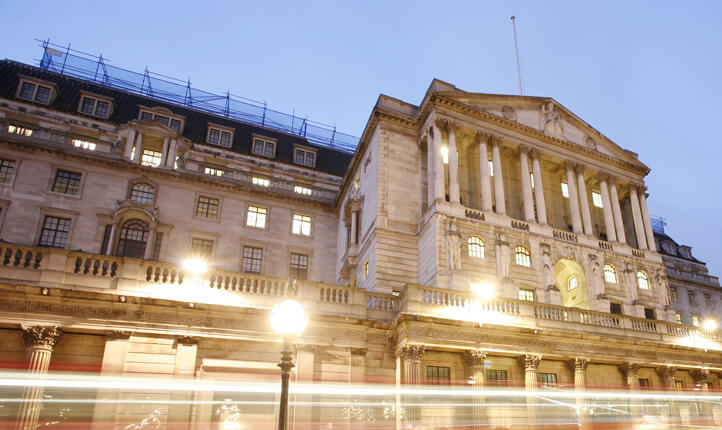By Simon Eastman

The past week has been one of caution for those with sterling in hand, as we have seen the pound drop up to and after the Bank of England meeting on Thursday.
The markets were seemingly not expecting a rate cut for the UK as recent data, including inflation, GDP and employment have all shown the economy has been doing well and inflation back around the desired 2 percent level the Bank is tasked to keep it at. We saw the pound trade on the side of caution as July ended, with no data to go on and the main event happening on August 1st. The pound held steady against most major currencies, closing the month well against commodity driven currencies like the Canadian and Australian dollars.
Thursday came and the Bank announced a cut of 25 basis points for UK interest rates and although the immediate movement wasn’t that significant, over the course of the afternoon it had suffered across the board. GBPEUR, amongst other pairs, had moved down nearly a cent, pushing through the key resistance floor and further down towards the levels not seen since the European Central Bank cut their rates earlier in the year.
GBPUSD bucked the trend, after the Fed held interest rates on Wednesday and the all important non-farm payrolls came in under expectations on Friday, traders sold off the greenback allowing the pound to claw back previous losses, edging back up towards levels seen before the Bank cut rates. The USD is likely to remain under some pressure as markets are pricing in a high percentage chance of an interest rate cut for September plus the political uncertainty rises as the campaign trail heats up ahead of November’s elections. Those of you with USD in hand, might be prudent to trade sooner rather than later, in case the dollar weakens further as the month goes on.
GBPAUD buyers have seen some decent exchange rates again recently, having seen the dollar strengthen against the pound earlier in July. Markets had seen a major sell off of dollars as economic data caused concern as to what the RBA might be able to do about high inflation. Usually an interest rate hike would be the key to curb inflation, but with recent PPI figures rising substantially, traders are questioning whether a rate cut might be more on the cards and pricing accordingly, leading to dollar weakness. PPI, or Producer Price Index is a guide to the cost of raw materials used to produce key items, with prices increasing, seen as a concern to the health of an economy.
The Week Ahead
Monday – German, EU, UK and US Purchasing Managers Index and Producer Price Index
Tuesday – RBA monetary policy statement and interest rate decision. German factory orders and EU retail sales.
Wednesday – German industrial production and trade balance. Canadian Purchasing Managers index.
Thursday – US jobless claims
Friday – German inflation, Canadian unemployment and average earnings.
This week is heavy on data surrounding the cost of goods involved in production, as mentioned a key indicator to the health of an economy. The Reserve Bank of Australia interest rate decision is one to watch for anyone buying or selling AUD, so maybe securing your trade ahead of the event might be worthwhile. Also to note, a lack of UK data this week so we will be led by sentiment towards the pound after the Bank rate cut (it’s been fairly negative) and how the data comes out elsewhere. To take the risk out of the market, speak to one of the team today for some friendly guidance about the options available to you and secure your upcoming currency requirement.


